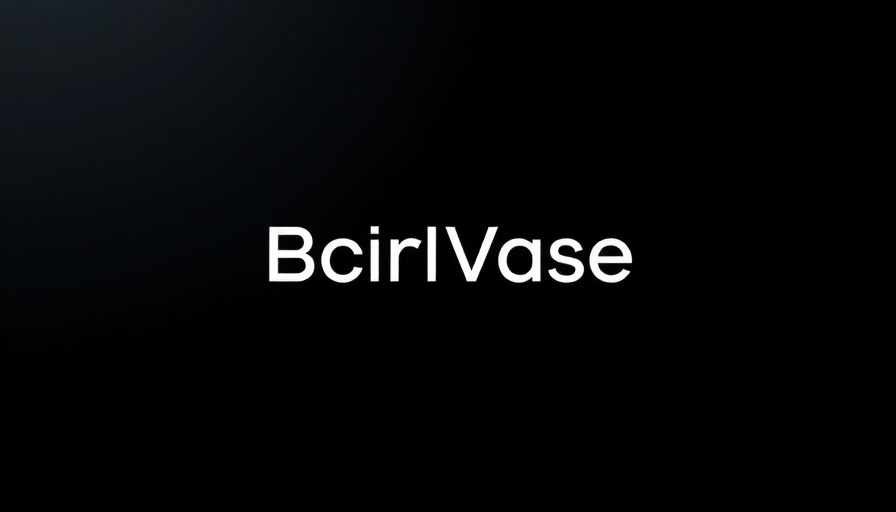
Understanding Multimodal Embedding in Today's Digital Landscape
The rapid evolution of technology has made it possible to capture and analyze a variety of media, from images and videos to documents and articles. Small and medium-sized businesses (SMBs) are increasingly recognizing the importance of these diverse data forms, especially as consumer preferences evolve. The emergence of VLM2Vec-V2 signifies a robust advancement in machine learning terms, with applications that can help businesses enhance their visibility and operations.
What is VLM2Vec-V2?
At its core, VLM2Vec-V2 is a unified framework designed to seamlessly embed various forms of visual data, including images, videos, and visual documents, into a single, shared representation. This framework utilizes state-of-the-art technology from the Qwen2-VL model, which empowers businesses to conduct comprehensive searches across multiple media types. For SMBs, this can translate into more effective marketing strategies and improved customer engagement.
Why Does This Matter for Small and Medium-Sized Businesses?
In the digital marketplace, standing out is more challenging than ever. With VLM2Vec-V2, businesses can bridge the gap between text and visual content more effectively. Imagine a scenario where potential customers searching for products not only see images but also videos or informative documents that provide context, directions, and rich content about a service or product. This enriched customer experience can lead to higher engagement and increased conversion rates.
Key Benefits of A Unified Multimodal Framework
VLM2Vec-V2 introduces a flexible approach to data sampling and learning that improves the stability and performance of businesses' marketing and operational strategies:
- Enhanced Retrieval Capabilities: Businesses can improve article searching, video content retrieval, and document searches, ensuring that the most relevant results meet user queries.
- Streamlined Marketing Efforts: Having a unified framework helps in crafting integrated campaigns that speak to all parts of a consumer's journey—from initial interest to final purchase.
- Competitive Edge: Early adopters can leverage VLM2Vec-V2 to outpace competitors who may still be using less efficient means of embedding or analytics.
How Will This Influence Marketing Trends?
As the embedding models evolve, SMBs should stay attuned to the emerging trends in data utilization. Interactive content that encompasses multiple formats will likely become the norm. Quality content paired with relevant visuals not only captures attention but also drives engagement, retention, and conversion.
Looking Ahead: Future Innovations on the Horizon
The potential of VLM2Vec-V2 raises several questions about future innovations. As adaptive technologies continue to shape user experiences, businesses may find themselves needing to further personalize content. For instance, employing AI that learns from user interactions can help push tailored recommendations like never before.
Insights from the Performance of VLM2Vec-V2
The performance is impressive, with the unified model outperforming various benchmarks related to video, image, and document tasks. This points toward a future where data must be processed and retrieved more holistically, allowing users to have immersive and beneficial digital experiences.
Conclusion: Embrace Change for Success
As we've seen with the introduction of frameworks like VLM2Vec-V2, the world of multimodal embedding is not just a technical curiosity, but a playground of opportunities for small to medium-sized businesses. By harnessing these advancements, companies can enhance their marketing strategies, foster customer loyalty, and ultimately promote growth through effective data utilization strategies. As you navigate these changes, consider how you can leverage multimodal embedding in your marketing efforts. Embrace the future of marketing by investigating your options for integration now!
 Add Row
Add Row  Add
Add 



Write A Comment